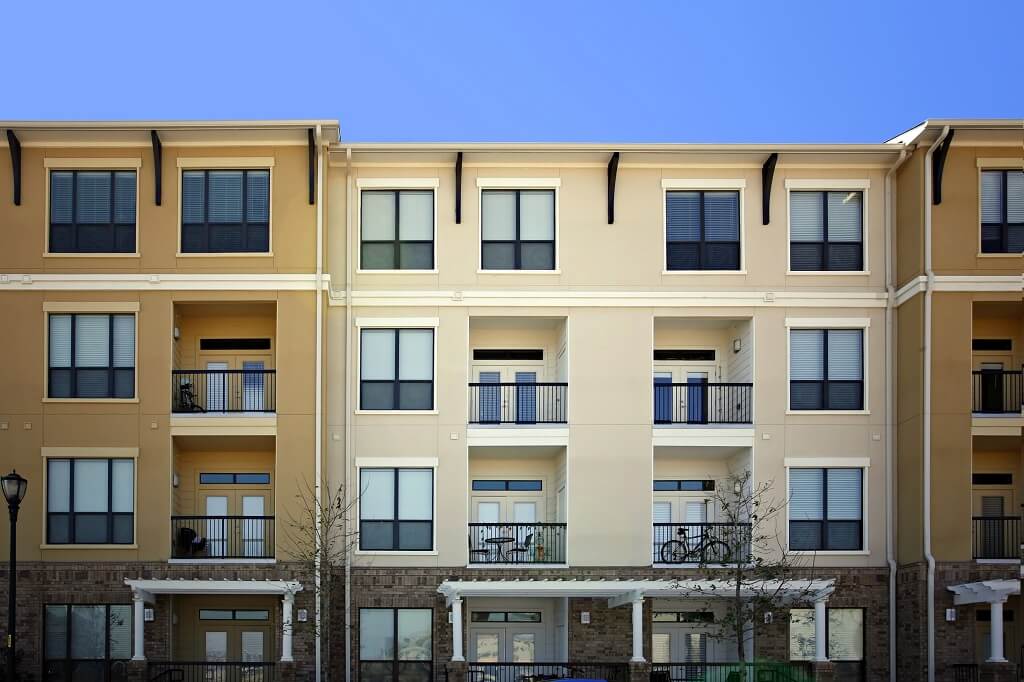…Don’t Be Surprised if it Continues to Outperform
Last year, most prognosticators for the multifamily sector predicted a record number of new units would cause rents to moderate and vacancies to increase. Sales of multifamily properties would dip below the record high levels of 2015, and price growth would slow down.
But that’s not what happened. Sales volume for 2016 is on pace for another record year and per unit sale prices were once again rocketing up in the fourth quarter after holding fairly steady most of the year.
So one can understand if market experts are a bit hesitant to hazard a prediction this year. But here is what is generally expected to happen in 2017: sales volume will dip below the record high levels of 2016 and price growth will slow down. From a predictive standpoint, it just makes sense, afterall moderation has to set in sooner or later, right?
“Nonetheless, the forces that have produced the best multifamily market in recent memory remain largely in place,” said John Affleck, apartment research strategist for CoStar Group. In other words, the recent remarkable run in apartment demand and property values could just as well keep rolling.
The multifamily market continues to outperform other property sectors and has the lowest vacancy rate of all the major property types at 5.2% (as of the end of third quarter 2016.) In addition, also as of the third quarter, average rental rates experienced a 3.9% increase from 2015.
Aggressive pricing aside, the sector’s record of steady rent growth and high occupancy with low volatility continue to make apartment properties an ideal defensive asset as the economic cycle extends into a seventh year, Affleck said.
He concedes that some cracks are beginning to appear, however.
“The unprecedented propensity to rent, even among the most affluent, represents the chief risk to the cycle. Historically low interest rates and homeownership costs that have risen more slowly than rents have already coaxed some renters toward owning.”
Affleck said the trend is expected to intensify, especially among higher-income renters who can qualify for mortgages, those who would otherwise rent the priciest apartments.
“The [latest 2016] data points to a maturing cycle for multifamily, particularly for the priciest markets and properties,” Affleck added.
Although the national vacancy rate for multifamily property is projected to increase to 5.6% in 2017 and to 5.7% in 2018, even at the expected peak that is still below the 15-year average vacancy rate of 6.1%, according to CoStar Group. Meanwhile rental rate growth is expected to moderate over the next two years to 2.3% in 2017 and 2.2% in 2018, but still above the 15-year average growth rate of 1.9%.
Freddie Mac is among those who are confident that the multifamily market is being driven by solid economic fundamentals rather than leverage and speculation.
“We believe the fundamentals the market tracks, including values and rents, appear likely to continue growing, albeit at a more moderate pace,” said David Brickman, executive vice president and head of multifamily business at Freddie Mac.
Several economic and demographic factors are driving demand, according to Freddie Mac. Renter households are poised to grow in every generational cohort due to a range of economic and demographic factors. Positive job growth and a stable economy should help more Millennials form households and enter the market.
In addition, the combination of sluggish income growth, rising home prices and higher mortgage rates will likely delay homebuying by many Gen Xers and prolong their tenure as renters. Finally, a significant fraction of the nation’s 67 million aging Baby Boomers are poised to downsize into more easily managed rental units.
On the supply side, absorption rates and occupancy levels exceed their historic averages. Tightening conditions for construction lending, plus significantly rising construction costs are likely to slow the pace of new deliveries. This will help mitigate the risk of overbuilding and keep inventory levels tight in all but a few markets.
Take all the above in consideration, and apartment rents are likely to rise in most markets, Brickman said. The exception, he noted, are in a select few coastal markets where the “friction” between elevated rents and modest income growth and a relatively strong supply of new units, is expected to slow or flatten rent growth for the next year or two.
“Properties are being priced fairly in most markets,” Brickman said. “When we take these factors together with today’s generally strong economy, we project annual new multifamily originations to keep expanding, albeit at a more moderate pace.”
Fannie Mae also joined the consensus of those forecasting a bit of a slowdown in the pace of rent increases and a slow rise in vacancy levels over the next 12 to 24 months.
“Considering the remarkable strength that the nation’s multifamily markets have demonstrated over an extended period, this easing off should come as no surprise,” said Kim Betancourt, Fannie Mae’s director of economics.
But then she added, don’t expect the moderation to be long-term. Easing multifamily fundamentals lasting several quarters, or even a year or two, are to be expected in any typical business cycle.
In the short term, expect concessions to rise before apartment property owners decide to lower rents.
“Considering that rent concessions have declined steadily for nearly seven straight years, and that their current level is now below 1%, it is probably only a question of ‘when’ and not ‘if’ concessions begin to rise again,” Fannie’s Betancourt added.
The industry considers concession levels of 2% as reflecting aligned and in-balance apartment supply and demand, Betancourt added.


